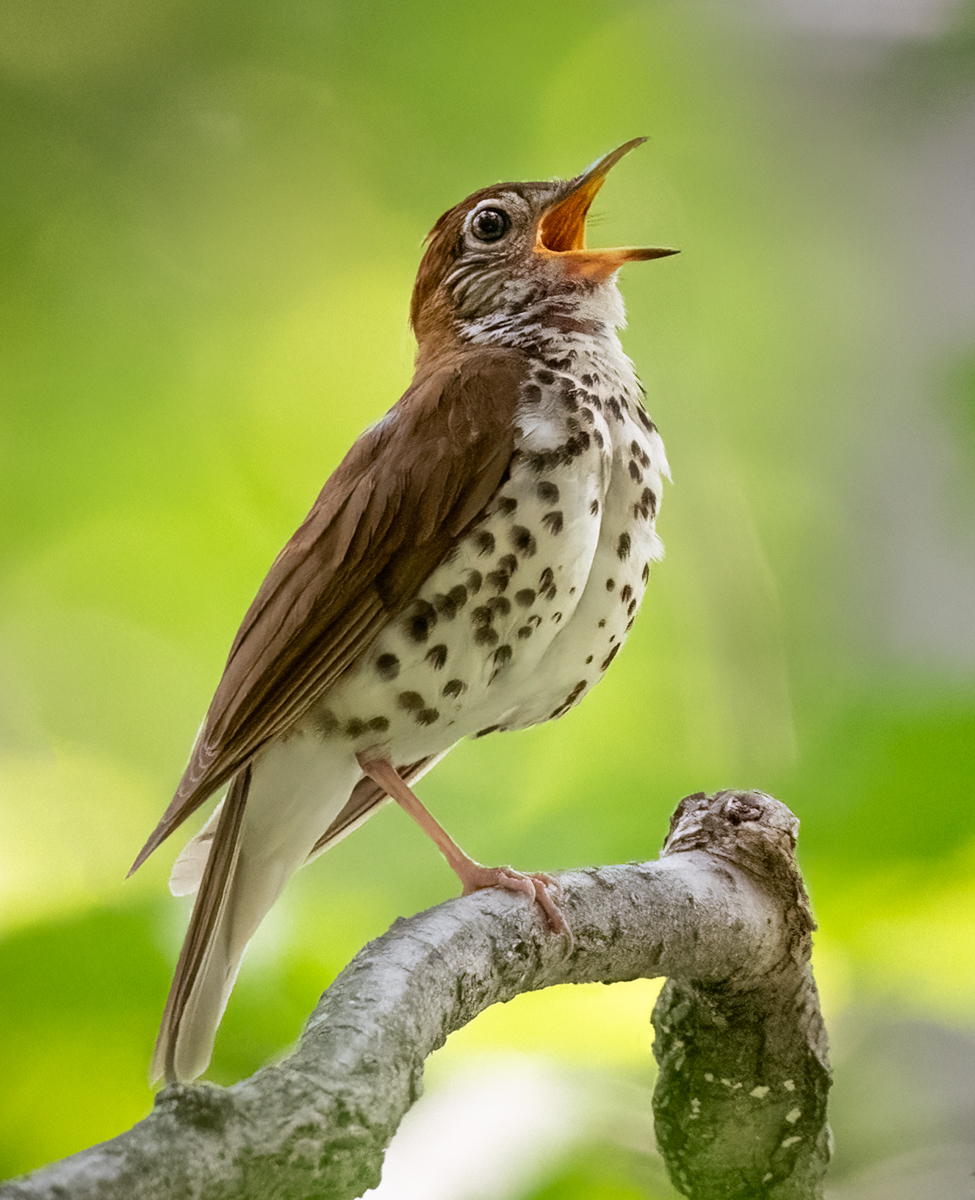
Birds have been celebrated for their melodious and vibrant vocalizations for centuries, shaping our own musical styles and compositions and referenced in every single aspect of human art, literature, and cultural history. But the question that has haunted people throughout history is, why? Why do birds sing? Let’s delve into some of the reasons given as well as take a look at the unique songs of four different species whose songs have delighted us forever.
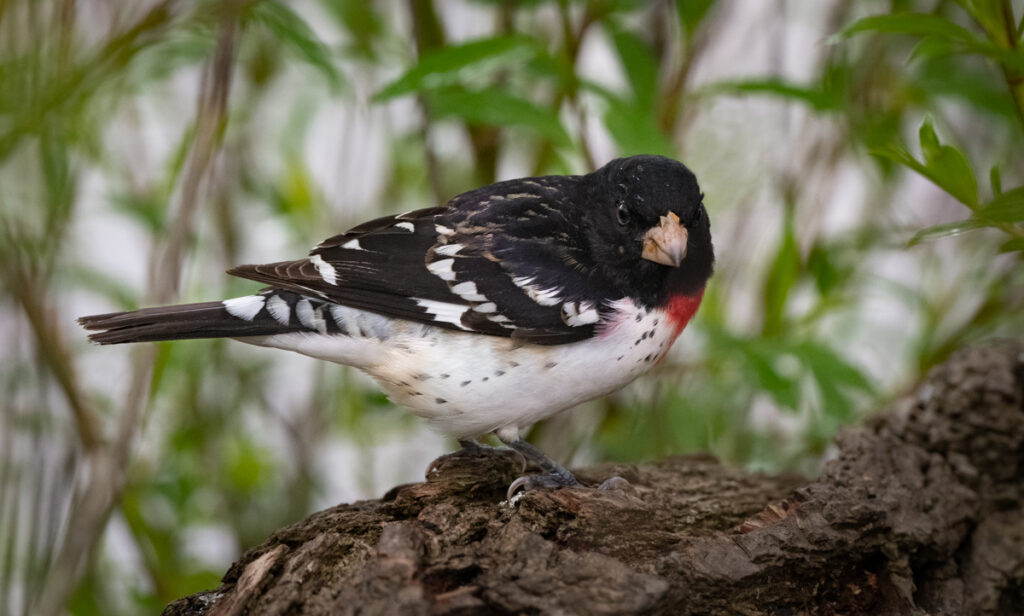
The strikingly colored rose-breasted grosbeak with its black and white plumage and vibrant red patch on its breast is a prime example of a bird whose song is complex, with a melodious series of whistles and trills, each phrase flowing seamlessly into the next. The majesty of this song is undeniable, and it is often considered one of the most beautiful in North America. Similarly, the wood thrush is lauded by many for its distinctive, flutelike song. Easily recognized, the most often heard ‘ee-oh-lay’ is actually only the middle phrase of a three-part song. Like most bird species, it learns the phrase from other wood thrushes as a juvenile but can sing several variants with two to ten loud, clear notes where each phrase rises and falls in pitch.
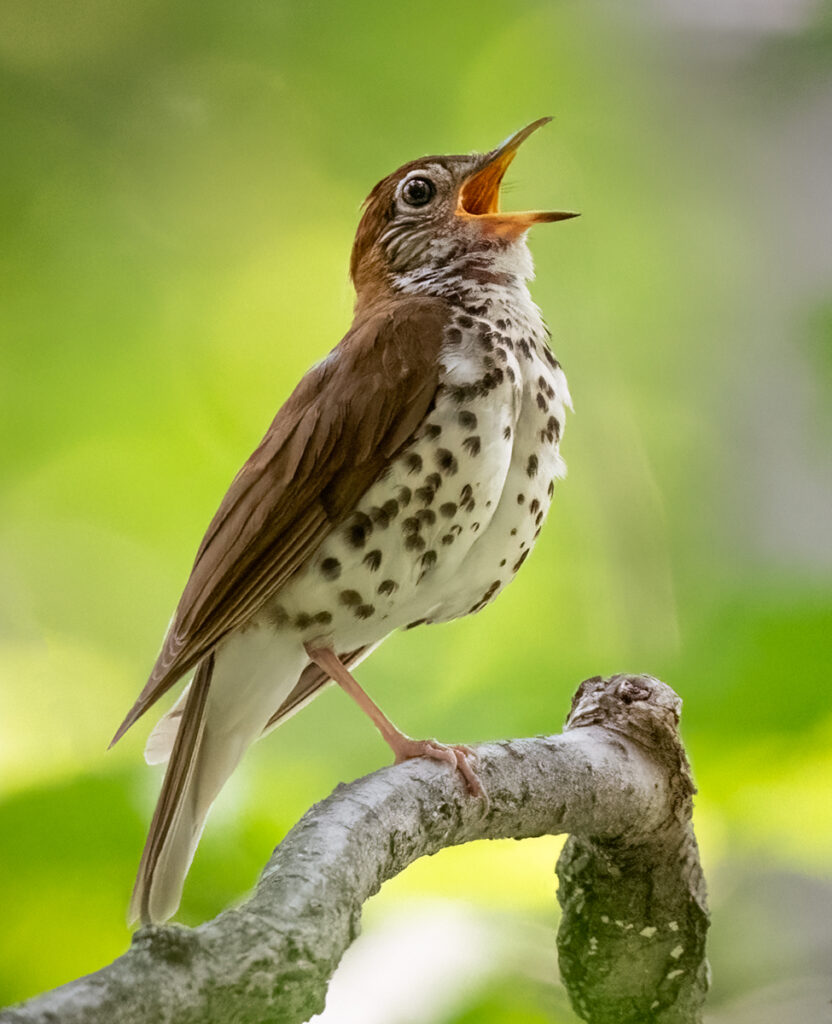
The standard explanations for birdsong declared by the scientific world are those surrounding instinctual reactions and needs: communication about resources and predators, mating rituals, and territory defense. The evidence certainly seems to suggest these explanation are no-brainers — for anyone who owns a cat, frantic short chirps and tweets are a common sound when a feline is on the prowl, and so we surmise that the birds are issuing warnings to each other about predator proximity. On the whole, male birds sing the loudest during spring and summer when breeding season occurs, ergo males must be singing to assert territory rights for nesting, and to court female birds, with the most complex and beautiful songs often being the most successful – this aligns with the ‘survival of the fittest’ tenet that those birds with the most attractive and convoluted variations of their species’ song are considered by the females to be the strongest of what’s on offer, as pairing is more likely.
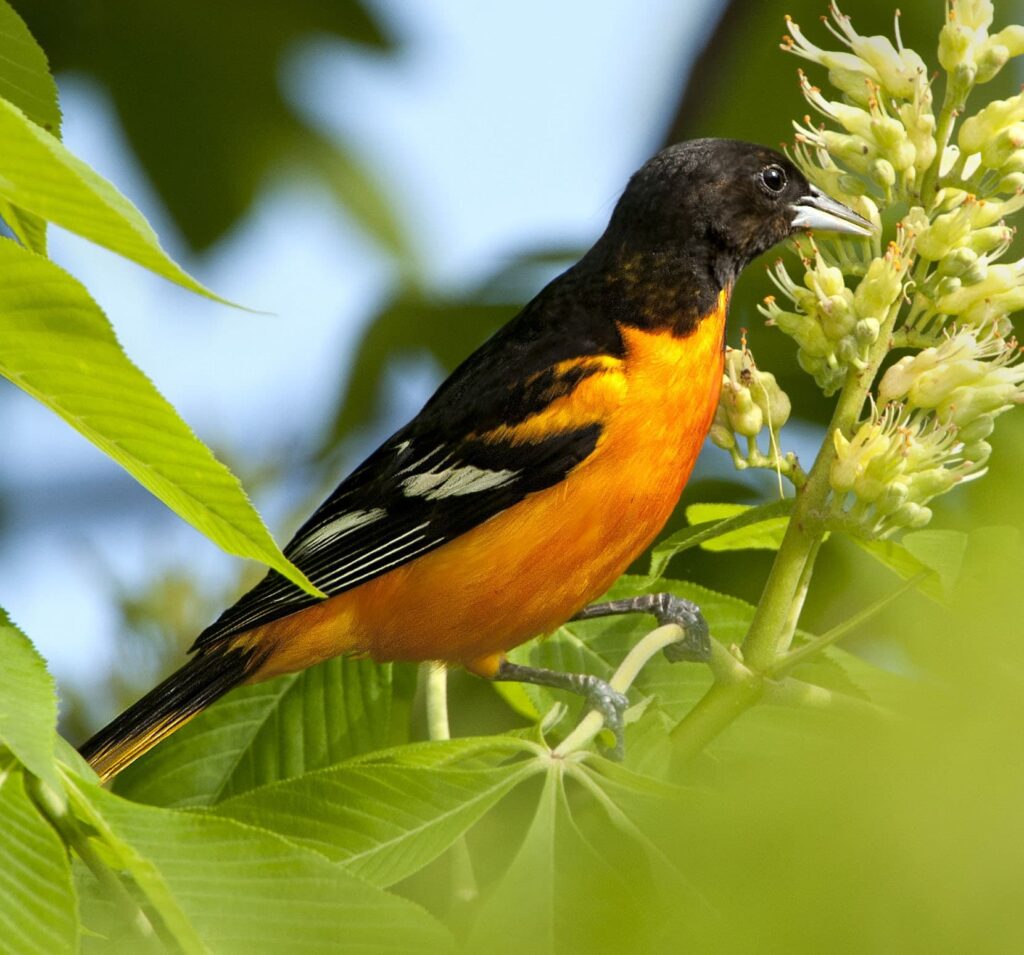
The Baltimore Oriole has a bright and cheerful song composed of several high-pitched notes, and as it is often used during courtship displays, where the male will sing from a prominent perch, the scientific claim that song is essential to the courtship ritual holds water here. Likewise, the American goldfinch is another bird whose distinctive, cheerful melody, a series of sweet, tinkling notes, is used by both male and female goldfinches – this implies they are surely communicating with each other.
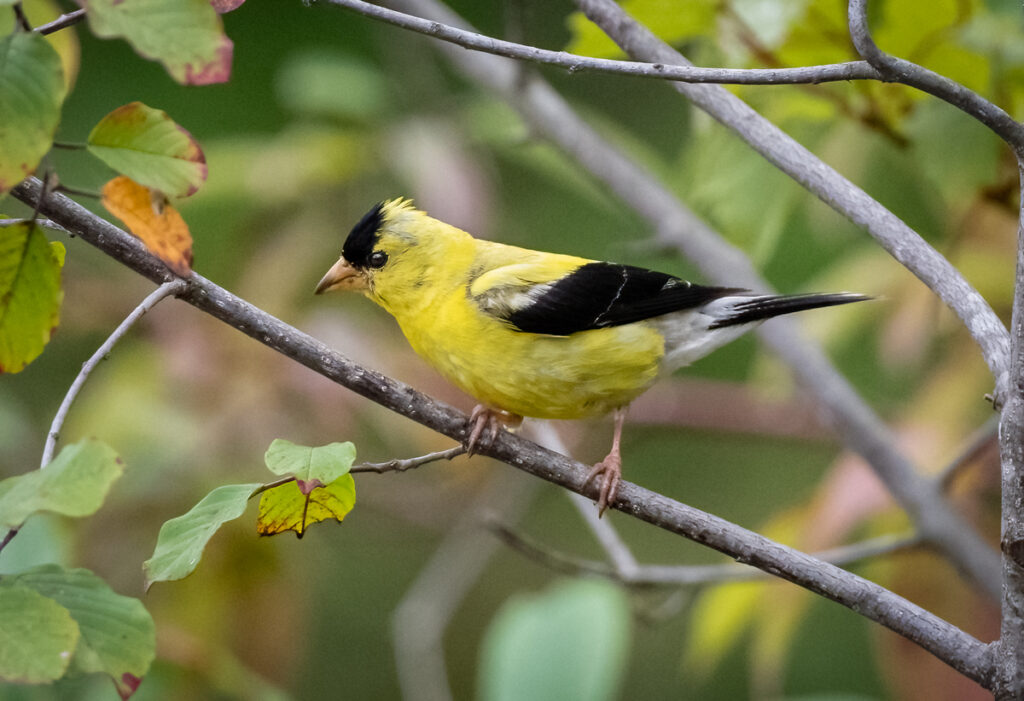
But beyond these scientific reasons, the sheer diversity of birdsong out there leads many to maintain that birdsong must have an aesthetic purpose. If singing is just about laying claim to a nest site or showing off who has the best voice to succeed at the dating game, why do some females sing, why are there so many different types of song out there, and why do some birds sing for hours and hours, when others only sing for a comparatively short period of time? Why are the songs of some species like finches and sparrows’ mono-syllabic, yet others like starlings, thrushes, and warblers are seemingly infinitely complex, and some birds can even mimic practically everything they hear? Why do male nightingales sing at night; or more to the point, why do other birds not?
The fact of the matter is that there are no absolute explanations as to why the astonishing exuberance of some species songs are what they are, why birdsong is so inventive or why birds will spend literally days on end singing. Is it possible that birds sing just because they like to? Maybe we will never know; but sometimes we may need to let go of the urge to know everything, and just enjoy the sheer beauty of the extraordinary sound whenever we can.
Listen to bird’s songs and calls on each bird page!


